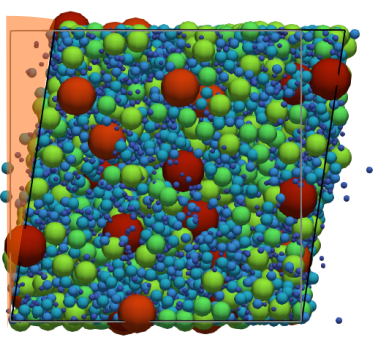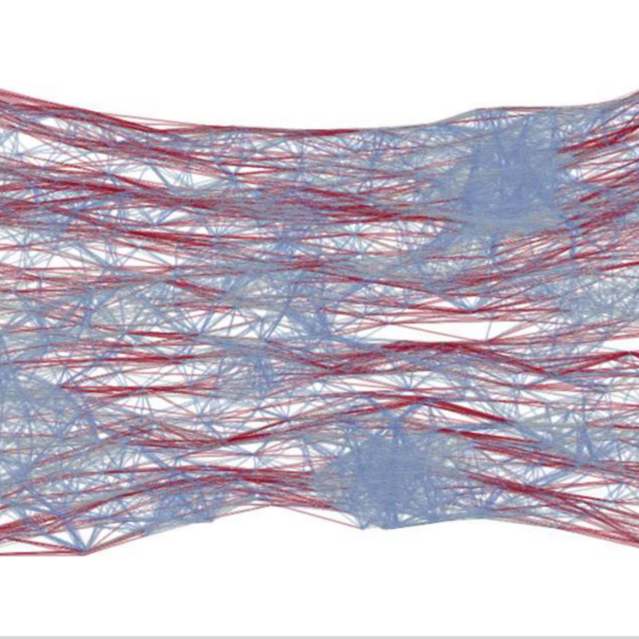Soft Materials
We do research on the mechanics of fresh cement paste and on the fracture of gels and elastomers
Mechanics of Fresh Cement Paste

Changes in mechanical properties of fresh cement paste arise from the complex interplay between coupled physical and chemical processes. Properly capturing the interactions between the cement grains, the evolution of these interactions with the formation of hydration products, or the effect of the shape and size distribution of the cement grains is challenging, and hinders our ability to accurately predict the mechanics of such systems.
In our work, we aim to establish a fundamental understanding of the mechanics of fresh cement paste. We leverage the multidisciplinary expertise of our institute to study cement paste from both the experimental and numerical perspectives. To this end, we exploit synergies stemming from close cooperation with the Chair of Physical Chemistry of Building Materials. We apply numerical techniques such as coarse-grained molecular dynamics and surface growth simulations to complement experimental data. Ultimately, our research will enable us to build more realistic models and to establish the fundamental knowledge necessary to develop predictive tools.
Relevant publications:
Fracture of Gels and Elastomers

Gels and other rubber-like materials are highly stretchable, which makes them desirable for various biomechanical applications including medical implants, wound dressing tapes, and artificial muscles in soft robotics. However, a major limitation for their widespread use is their sudden fracture -- they are not tough enough. The mechanical behavior of a gel originates in its network of long polymer chains that are loosely connected by cross-links. Tailoring the network structure to optimize “when” and “where” chains break can increase the toughness by orders of magnitude. However, due to a lack of fundamental understanding, the development of tough gels is currently bound to trial and error.
In our work, we aim to develop a fundamental understanding of the link between the structure of the material and its macroscopic mechanical properties. To tackle the multiscale nature of the problem, we combine a wide spectrum of theoretical approaches ranging from coarse-grained molecular dynamics simulations to continuum mechanics models. Ultimately, our research will unravel the mechanisms governing the failure of soft solids and provide guidelines for designing resilient gels and elastomers.